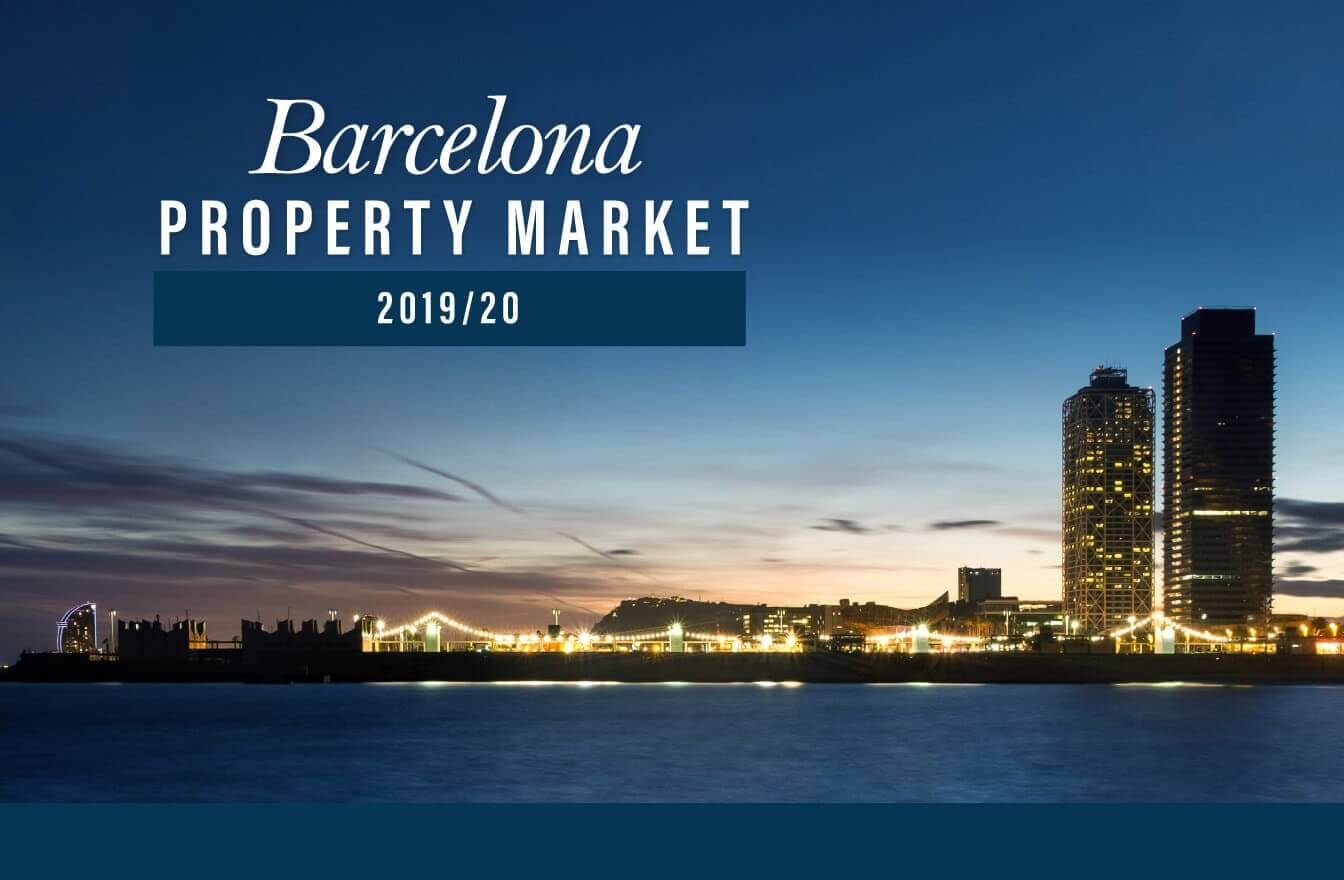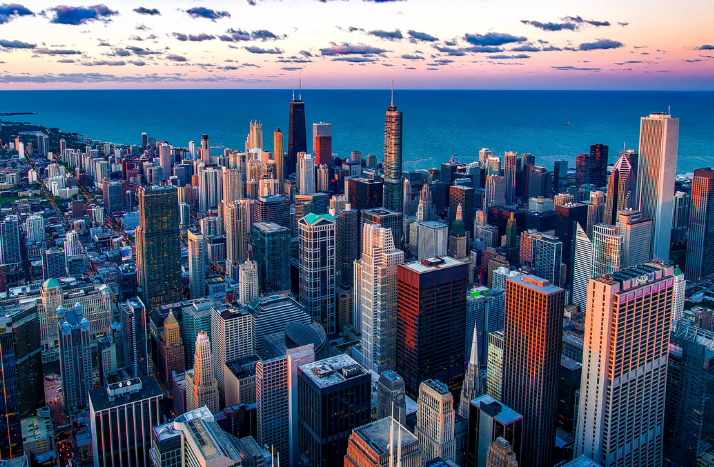
Barcelona continues to attract buyers from all over the world, thanks to its exceptional quality of life and growing number of investment opportunities. The city now ranks seventh in the world in terms of attracting foreign investment projects, according to KPMG’s Global Cities Investment Monitor 2019, largely due to an abundance of potential qualified employees, a rich network of industrial providers and the city’s strategic location.
According to Aena, passenger arrivals have continued to rise, with the number of people passing through Barcelona airport reaching almost 52.7 million in 2019, an increase of 5% over the number in 2018.
In the first eleven months of 2019 (latest data available) international tourism in Catalonia also increased, by 0.8%, over the same period in 2018, with almost 18.4 million international tourists visiting the region from January to Novemer, according to Spain’s National Institute of Statistics (INE).
Latest data from the Spanish Land Registry shows that foreign buyers in Barcelona Province accounted for 9.6% of the total sales in the third quarter of 2019, a slightly larger proportion than in the third quarter of 2018, when foreign buyers accounted for 8.8%, and significantly greater then the proportion in the whole of 2012 when they accounted for just over 6%.
Barcelona City – property sales and rental prices
Since January 2014, around the start of the property turnaround, investors purchasing property in Barcelona will have seen excellent returns with prices going up by 41.9% in Eixample, 38.3% in Sarrià-Sant Gervasi, 37.6% in Gràcia, 37.4% in Barcelona Old Town and 32.2% in Sant Martí (which incorporates Diagonal Mar) in the six years to January 2014. (idealista, resale prices)
There has been a slight downward trend since June 2019, with prices across the city as a whole averaging €4,114 per square metre in January 2020, showing an annual decrease of 2.9%. However, average prices have now surpassed those in January 2008, around the time of the peak, by 5.3%.
Make an appraisal of your property at Bcn Advisors
Appraisal apartment Barcelona
Average prices in seven of the city’s ten districts also showed annual decreases, with prices in Barcelona Old Town ending the month of January on €4,308 per square metre, in Eixample on €4,660 per square metre, in Gràcia on €4,176 per square metre, in Sant Martí (which incorporates Diagonal Mar) on €3,740 per square metre and in Sarrià-Sant Gervasi on €5,336 per square metre. The districts of Les Corts and Nou Barris both registered annual increases, with prices ending the month of January on €4,855 per square metre and €2,574 per square metre respectively.
Price per square meter in Barcelona by neighborhoods 2020: Variations
Changes in average prices per square metre in the ten districts were as follows:
- Nou Barris (+3.9%)
- Sant Andreu (0%)
- Les Corts (+1.5%)
- Barcelona Old Town (-1.6%)
- Sarrià-Sant Gervasi (-2.0%)
- Eixample (-2.6%)
- Horta Guinardó (-2.9%)
- Sants-Montjuïc (-3.0%)
- Sant Martí (-4.0%)
- Gràcia (-7.7%)
When looking at rental prices, it is a slightly different story with prices across the city as a whole registering an increase of 2.2% at the end of January 2020, ending the month on €16.7 per square metre. Average rental prices in all but one of the city’s ten districts also showed an increase, with prices up by 5.5% in Eixample (€17.4 per square metre), 3.2% in Barcelona Old Town (€19.2 per square metre), and 2.5% in Sarrià-Sant Gervasi (€17.0 per square metre). Average rental prices in Sant Martí (which incorporates Diagonal Mar) showed a decrease of 4.5%, ending the month of January 2019 on €15.6 per square metre.
Barcelona City – volume of sales transactions
Following national trends, the number of transactions across Barcelona City as a whole in the first nine months of 2019 registered a decrease, of 1.1%, compared to the same period in 2018, with sales down from 11,257 to 11,132. However, they are up by 25.1% when compared to the same period in 2014 (8,899 sales) and by 4.8% when compared to the same period in 2007 (10,620 sales). (Spanish Ministry of Development)
The number of sales transactions of new homes in the first nine months of 2019 registered a decrease of 10.3%, from 621 to 55 sales. New home sales are still 40.6% below those in the same period in 2014 (937 sales) but are just 6.19% below those in the same period in 2007 (1,461 sales), around the time of the peak. Sales of new homes in Barcelona City in the first nine months of 2019 accounted for 5% of the total number of sales, a slightly smaller proportion than in the first nine months of 2018 when they represented 5.5% of the total sales. The proportion is also down from what it was in the same period in 2007 when sales of new homes accounted for 13.5% of all sales.
“Politically 2019 was quite a turbulent year both in Catalonia and across Spain as a whole and this, in turn, had an effect on home sales,” comments BCN Advisors CEO Francisco Nathurmal. ”With the formation of a new coalition government and negotiations to resume over the Catalan political situation, we expect a renewed confidence to return to the market and sales to pick up again. Prices in Barcelona have grown exponentially since midway through 2014 so the current slowdown offers investors a chance to capitalise on some attractive prices before they start climbing again. Barcelona continues to be one of the most appealing cities in terms of lifestyle for a myriad of reasons and investing in property here is bound to have long term benefits.”


 Barcelona property price forecast 2025
Barcelona property price forecast 2025
 Evolution of the Barcelona real estate market: Q3 2024
Evolution of the Barcelona real estate market: Q3 2024
 10 advantages of living in the city
10 advantages of living in the city
